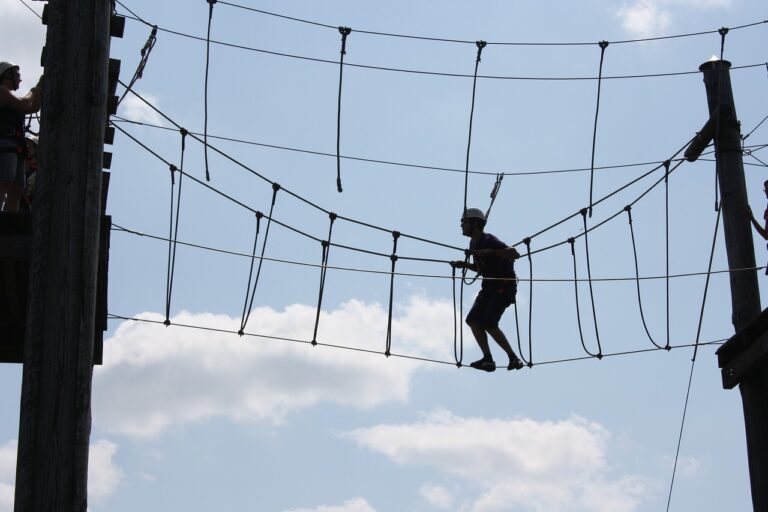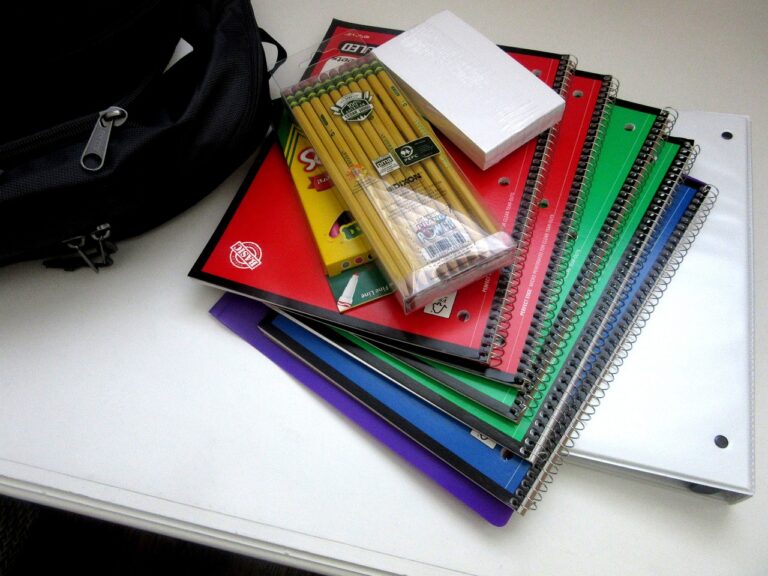Addressing Equity Issues in Access to Dual Enrollment Arts Programs
Underrepresented communities often encounter various challenges when attempting to participate in dual enrollment arts programs. Access to quality arts education is limited for many students from marginalized backgrounds due to factors such as lack of financial resources and inadequate support systems. Additionally, the lack of representation of diverse voices and experiences in the curriculum can further alienate students from underrepresented communities, making it difficult for them to engage with the material and feel a sense of belonging in the program.
Furthermore, systemic barriers such as limited transportation options, scheduling conflicts with work or family responsibilities, and a lack of information about the benefits of dual enrollment arts programs can make it challenging for students from underrepresented communities to take advantage of these opportunities. Without adequate support and resources to address these barriers, many talented and motivated students are unable to fully participate in dual enrollment arts programs, perpetuating the disparities in access and opportunities for success in the arts.
Factors Contributing to Disparities in Access to Dual Enrollment Arts Programs
Dual enrollment arts programs offer unique opportunities for high school students to earn college credit while exploring their creative talents. However, disparities in access to these programs persist, with underrepresented communities facing significant challenges in participating. One key factor contributing to these disparities is the lack of information and resources available to students from marginalized backgrounds. Often, students in these communities may not be aware of dual enrollment opportunities or may not have the support needed to navigate the application process.
Additionally, financial barriers can hinder access to dual enrollment arts programs for underrepresented students. Costs associated with tuition, materials, and transportation can present significant challenges for students from low-income families. Without adequate financial support, these students may be unable to take advantage of the opportunities provided by dual enrollment arts programs, further widening the gap in access and participation.
Socioeconomic Barriers Hindering Participation in Dual Enrollment Arts Programs
Limited financial resources often act as a significant barrier hindering participation in dual enrollment arts programs for students from underprivileged backgrounds. The costs associated with materials, transportation, and fees can quickly add up, making it difficult for economically disadvantaged students to afford the expenses required to participate in such programs. This financial burden can deter talented individuals from pursuing their artistic interests and accessing valuable educational opportunities that could enrich their future prospects.
Furthermore, the lack of access to influential networks and connections within the arts community can also impede the participation of students from low-income families in dual enrollment arts programs. Many of these programs rely on personal referrals, recommendations, and connections to gain access, which can put students without these resources at a disadvantage. Without the necessary connections to navigate the application process and secure placements in these programs, students from disadvantaged backgrounds face additional challenges in accessing the benefits of dual enrollment arts programs.
What are some of the challenges faced by underrepresented communities in dual enrollment arts programs?
Underrepresented communities may face barriers such as lack of access to transportation, financial constraints, limited awareness of program opportunities, and cultural differences that may hinder their participation in dual enrollment arts programs.
What factors contribute to disparities in access to dual enrollment arts programs?
Factors such as socioeconomic status, geographic location, inadequate school resources, and systemic inequalities in education can contribute to disparities in access to dual enrollment arts programs for underprivileged students.
How do socioeconomic barriers hinder participation in dual enrollment arts programs?
Socioeconomic barriers such as lack of financial resources to cover program fees, access to necessary materials and equipment, and the opportunity cost of participating in extracurricular activities can hinder students from underprivileged backgrounds from participating in dual enrollment arts programs.
Are there any initiatives in place to address these barriers and promote diversity in dual enrollment arts programs?
Yes, some organizations and institutions are implementing scholarship programs, mentorship opportunities, outreach efforts to underserved communities, and partnerships with community-based organizations to address socioeconomic barriers and promote diversity in dual enrollment arts programs.





